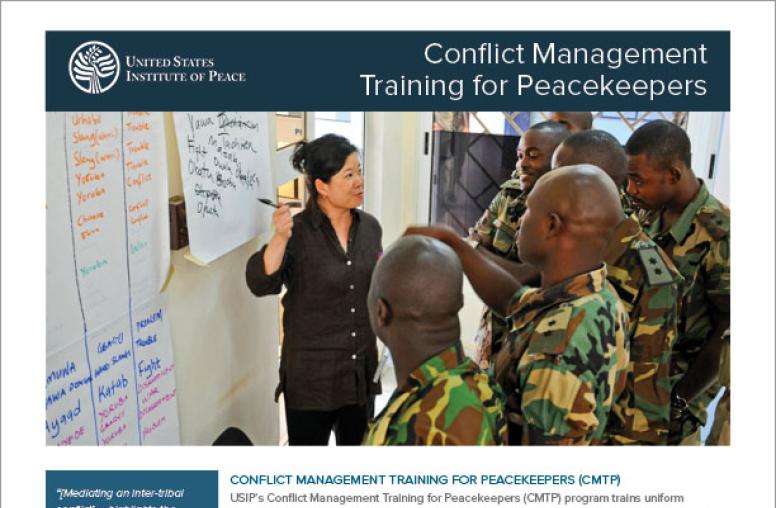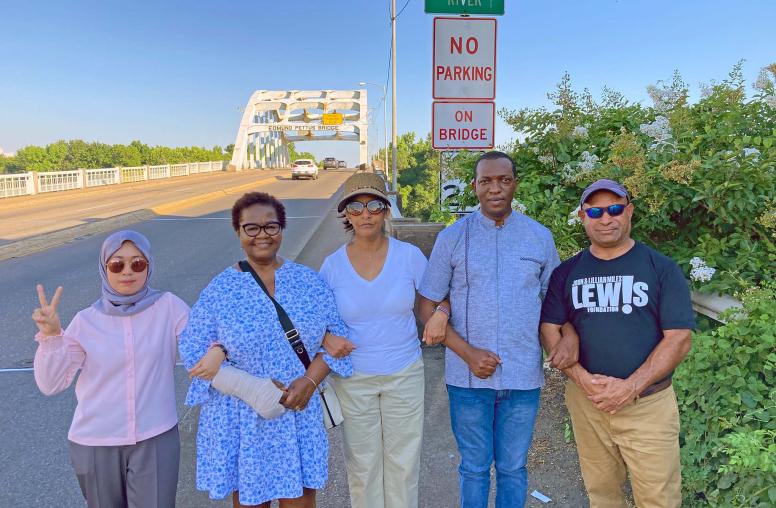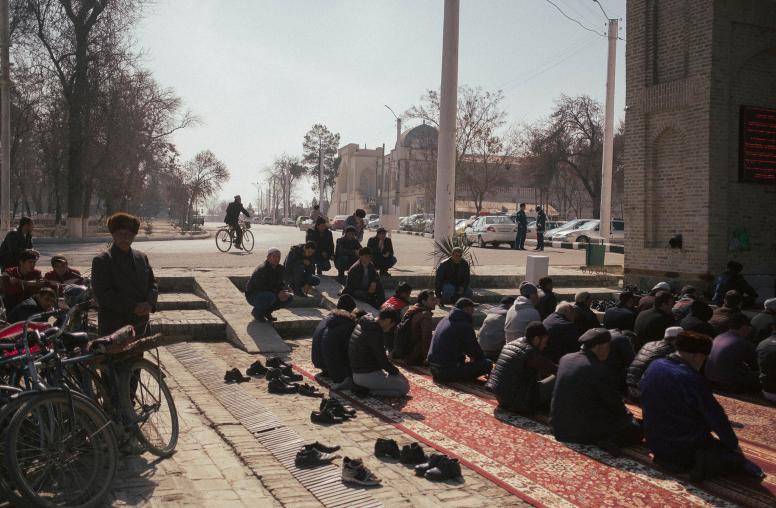Nancy Lindborg Statement on the International Day of Peace
In 1981 the United Nations set aside September 21 as the International Day of Peace, dedicating the day to nonviolence across the globe. In the decades since, the world has emerged from a cold war, confronted ethnic conflict and witnessed protests evolve into revolution.

Now, amid a flood of headlines on conflict, refugees and extremism, the International Day of Peace reminds us that there are more people around the world committed to peace than to violence. Families around the world are finding ways, big and small, to help the refugees fleeing Syria. Communities in Iraq are uniting after brutal attacks, and families are returning to their homes. And after 30 years of violence, a peace process is underway in Colombia. Around the world, people are taking up the challenge posed by violent conflict, and they are working for peace for their families, communities, countries and globe. Around the world people are managing conflict before it becomes violent, forging resilient communities, and identifying and eliminating the causes of violent extremism.
Here at the United States Institute of Peace, we are leading the #PeaceDayChallenge to encourage others to take up this task. And school children from Afghanistan to Alabama, local and international faith leaders, elected officials, civic leaders, teachers, book stores, you name it, are taking us up on this challenge.
Of course one day, one action, cannot bring an end to the underlying causes of violent conflict. We can’t click once and hope for the best. We must each act, every day, to do what we can to make our world more peaceful. Conflict may be inevitable, but violent conflict is not. By working where we can and as we can, we are each helping to make the headlines a bit less daunting, and make hope a bit more present. I challenge you to try. Learn more about the challenge and get ideas for action anyone can take at www.peacedaychallenge.org.



